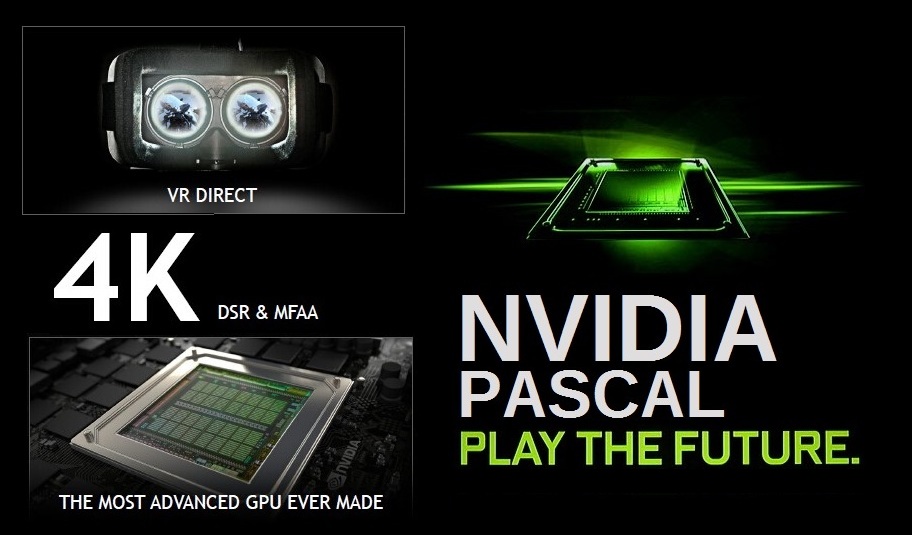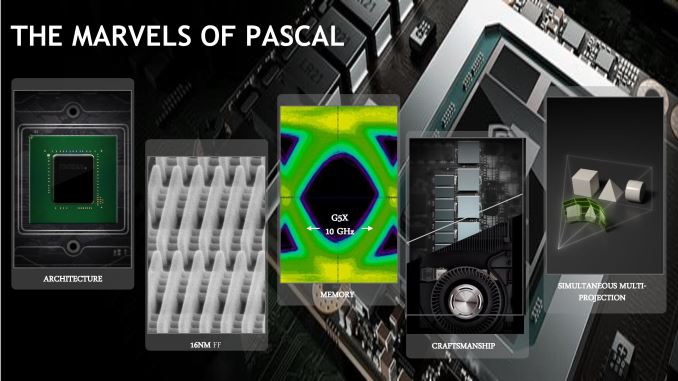




Just after the launch of the new Nvidia Titan X graphics card, Nvidia has taken the wraps off two master workstation renditions of the same equipment, under its Quadro line. The new Nvidia Quadro P6000 utilizes the same Pascal-based GP102 GPU as the new Titan X, while the Quadro P5000 is more proportionate to the GeForce GTX 1080. Both cards, however, bolster extra components making them more reasonable for expert representation and substance creation work.

The Quadro P6000 and P5000 were launched at the progressing SIGGRAPH meeting in Anaheim, California; the global yearly convention of PC graphic specialists. Alongside its new equipment, Nvidia likewise flaunted another 360 Video SDK for helping creators who work with various 4K video streams those made by multi-camera rigs for 360 videos, alongside more strong Mental Ray backing and overhauls to the Nvidia Optix beam following motor and Iray module. Nvidia says its new Quadros are focused at game and VR experience designers and in addition those in the most customary fields of logical perception, big data, engineering, architecture, and medical research.
The all the more intense Quadro P6000 is a full-featured GP102 chip with 3840 parallel processing cores. The throughput is evaluated at 12 Teraflops and greatest force utilization is 250W, all of which is predictable with the specs of the new Titan X. The Quadro P6000 is furnished with 24GB of GDDR5X RAM, with 9Gbps of data transfer capacity, and not at all like the more buyer oriented Titan X, this card will bolster ECC memory. In any case, as indicated by AnandTech, double-precision FP64 operations are not particularly quickened and will happen at 1/32 speed.
Also Read: Nvidia GeForce GTX Titan X Detailed: Hulk in Specs and Price
The Quadro P5000 is based on the same GP104 GPU as the GeForce GTX 1080 and 1070, with 2560 processing cores and 16GB of GDDR5X RAM at the same 9Gbps velocity. TDP for this card is 180W. Clock speeds have not been declared for either card yet, and neither have execution targets or correlations with the past Maxwell era M6000 and M5000.
Every card can drive four screens at 5K resolution and 60Hz or four 4K screens at 120Hz. Pascal's signature simultaneous multi-projection (SMP) and async process adjusting elements are likewise upheld. The price was not unveiled at the occasion, but rather the two cards ought to be available in October.

The dispatches come hot on the heels of Nvidia's quick Pascal arrangement, which began with the superior P100 accelerator for big data. The consumer-centered GeForce GTX 1080, 1070 and 1060 cards followed in quick progression, and the new Titan X has divulged just a few days ago. This is the quickest progression of new launches in Nvidia's history, showing that GPU generation is going full speed ahead with significant returns.
Must Visit Our Google+ Community Page For Latest And Updated Technology Happenings Around The Globe.